Order Dilleniales / Guinea Flowers
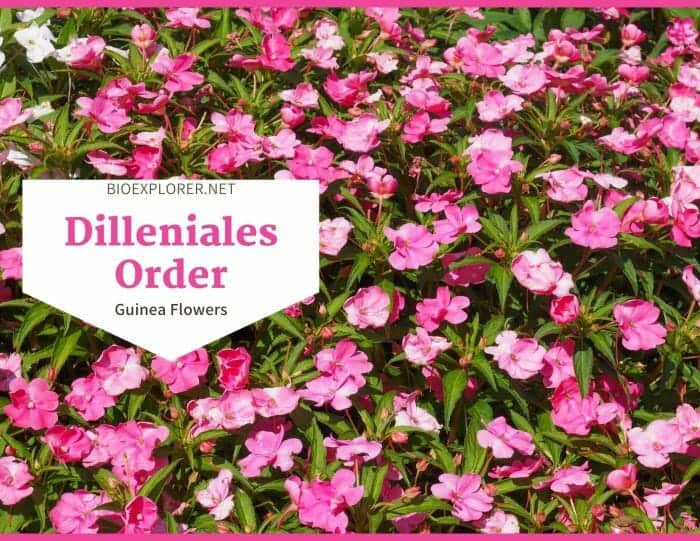
Dilleniales is a dicotyledonous order of flowering plants under the division Magnoliophyta. Most members of Dilleniales have a pantropical distribution that extends to all of Australia.
The species of Dilleniales have simple and alternate leaves, rarely present stipules, 5-merous petals and sepals, and numerous stamens united into bundles. The flowers of Dilleniales are often showy and bisexual. Among the species of Dilleniales are the guinea flower and the stone leaf plant.
Jump to:
Dilleniales Families
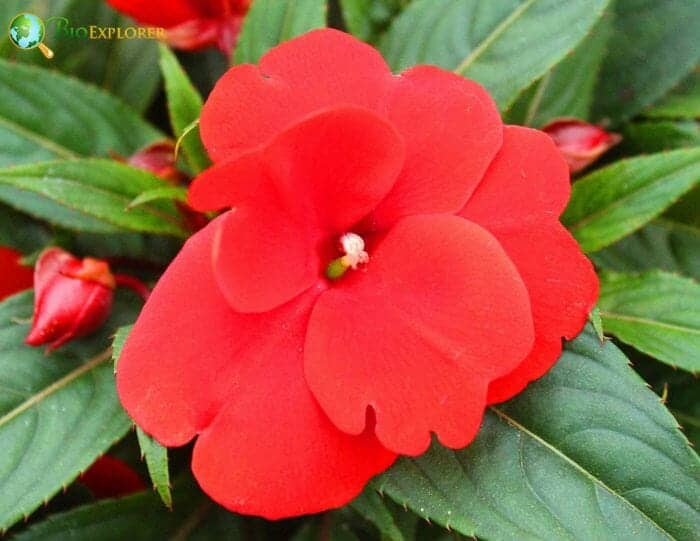
Order Dilleniales comprises a single-family, 11 genera, and 300 species. The sole genus, Dilleniaceae, comprises species of trees, shrubs, and seldom vines. There is uncertainty in the taxonomic classification of the family among other eudicots.
The detachment of Dilleniaceae from Dilleniales was done by the 2009 APG III system. However, the order was reestablished under the core eudicots by the 2016 APG IV system.
![]()
Dilleniales Distribution
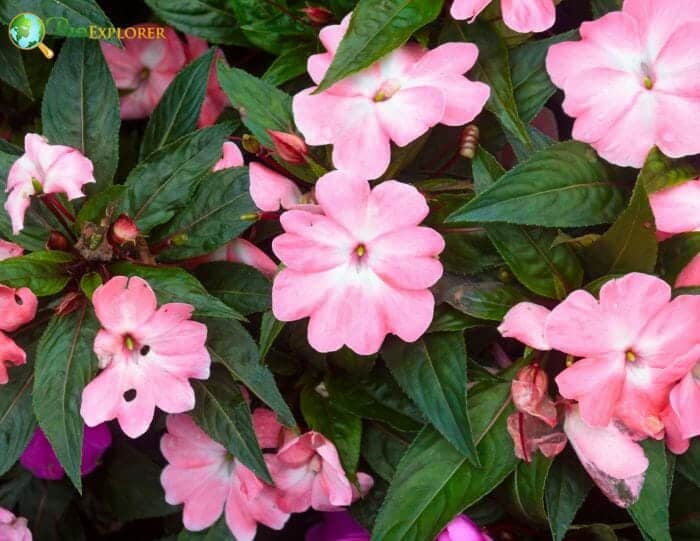
Family Dilleniaceae has a pantropical distribution that extends to all of Australia.
- The more than 150 species[1] of Hibbertia (Guinea flower), commonly used as ornamentals, are endemic to Australia. However, some Hibbertia species are also found in Madagascar, New Caledonia, New Guinea, and Fiji.
- The Dillenia genus is distributed in tropical and subtropical regions of Asia and Australasia. Dillenia species are also found in the Indian Ocean islands. The elephant apple (Dillenia indica) is native to tropical Asia and China. The Katmon or Dillenia philippinensis is endemic to the Philippines. This species is commonly used for urban gardening.
- The Tetracera species are primarily found in Indo-Malesia. The Doliocarpus, Pinzona, and Davila are both found in the Neotropics. The twining lianas of Neodillena are also neotropical.
- Plants of Neodillena are distributed all over the Amazon basin, including the moist to wet forest areas of Colombia, Venezuela, Ecuador, Peru, Brazil, and French Guiana.
![]()
Dilleniales Characteristics
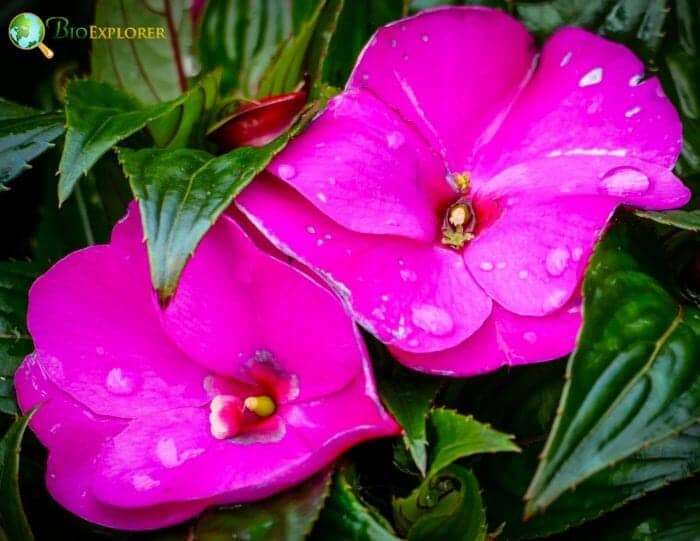
- Plant type: The species under Dilleniales are shrubs, trees, or climbers.
- Stem: The young stems have solid internodes. The plants have cork cambium and no internal phloem. The species have porous to diffuse porous wood rings.
- Leaves: The leaves of the members are simple and alternate. They are small and ericoid. The stipules are rarely present or wing-like and merged to the petiole.
- Flowers and inflorescences: The flowers are bisexual or unisexual (very rare), actinomorphicWhat is actinomorphic?A characteristic of the flower exhibiting radial symmetry such as starfish or Daisy flower; capable of being bisected into identical halves along more than one axis, forming mirror images. Opposite is Zygomorphic., regular, and often showy. The Dilleniales flowers are solitary or aggregated in inflorescences of cymose or racemose.
- Sepals and petals: The perianth comprise 5 imbricateWhat is imbricate?overlap or cause to overlap; in botany terms, scales, sepals, or plates having adjacent edges overlapping; with margins of structures overlapping like shingles on a roof. (having adjacent edges overlapping) sepals and typically 5 bright yellow and imbricate petals.
- Stamens and carpels: The androecium is made up of numerous stamens united into bundles. The flowers usually have 2-5 more or less free carpels. The gynoecium possesses several pistils; distinct.
- Ovary and fruit:The ovary is superior with 1 locule. The locule contains 1 to many ovules. The fruit of Dilleniales is a dehiscent or indehiscent follicle or berry-like.
- Seeds: Each fruit has 1 to 4 or numerous seeds; arillate or not. The embryo is straight.
![]()
Dilleniales Flowers and Pollination
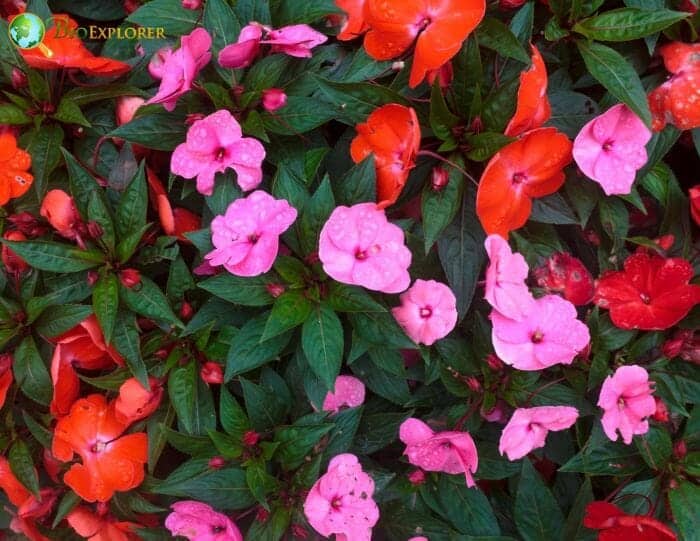
Dilleniceae flowers are bisexual in solitary spikes, racemes, or monochasial cymes. The bracts are present, and the bracteoles are primarily existing.
- The perianth is regular, with 5-6 free or fused sepals in the calyxWhat is calyx?A collective term for all the sepals of a flower; the lowermost whorl of floral orgrans (Plural form is calyces). segments and 5 free petals (mostly showy) in the corollaWhat is corolla?A collective term referring to the petals of a flower. segments. The flowers are typically odorless. Pollination occurs via insects[2].
- The Guinea flower or Hibbertia are mostly yellow, although some species (H. stellaris) are white or orange. Guinea flowers have 5 sepals and 5 petals. The plants of different species vary in their flowering time. Genus Hibbertia members are pollinated by the beetles and the hoverflies.
- Dillenia flowers[3] have multistaminateWhat is multistaminate?Bearing many stamens. pollen without nectars. Species have a faint scent or are scentless. Generally, the Dillenia flowers have 5 sepals, 5 petals, and numerous stamens.
- D. suffruticosa has yellow and expanded petals, whitish stamens, staminodes, and stylar branches. The D. philippinensispossess white and expanded petals. The androecium has outer and inner stamens (distinct). The outer stamens are dark-red. They are shorter and form a basket-like structure.
- The inner longer stamens are red, not spreading but in contact with the carpels. The D. alata species have yellow petals and outer stamens. The inner stamens and carpel are red. They have the same floral morphology as D. philippinensis. The D. indica, unlike the three species of Dillenia mentioned, are more bell-shaped.
- They are not fully expanded. Species have white petals and stylar branches and whitish-cream stamens. The Xylocopa sp. bees were considered efficient pollinators for these flowers through buzz pollination.
![]()
Dilleniales Genera Differences
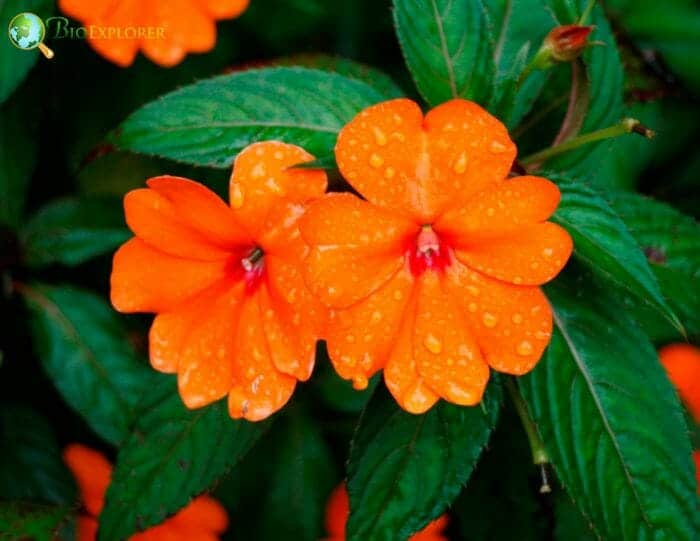
Dilleniales comprises 11 genera. The larger genera in this order are Hibbertia (more than 150 species ), Dillenia (about 100 species[4] ), Doliocarpus (58 species), Tetracera (53 species), and Davilla (34 species)[5] . The following are the characteristic differences of these genera.
Hibbertia
- Members are mainly small to medium shrubs, rarely twiners. Generally, they are bushy. Some, however, are induced to climb or groundcovers.
- The leaves are simple, reduced, and alternate. The leaf base is not sheathing. The lamina margin is entire.
- The flowers are mostly yellow. Few species are white or orange.
- The flowers have 5 petals and 5 sepals.
- The fruit is capsular with 2-5 brown seeds.
![]()
Dillenia
- Members are primarily trees and shrubs.
- The leaves of the Dillenia are generally large, simple, and in a spiral arrangement. They are often distinguished by parallel secondary veins that continue straight into the teeth. Their lamina is mostly rough.
- The bark is usually rich brown, and the wood has reddish exudate.
- The flowers of members are solitary or in terminal racemes. They are often showy.
- Flowers have 5 sepals and 5 petals, mostly yellow and white. They have many stamens. Carpels are 5 to 20.
- The fruits are follicles, and the seeds are arillate.
![]()
Doliocarpus
- The species are primarily lianas having alternate leaves, although very few have the opposite[6].
- Flowers are bisexual and actinomorphic.
- The inflorescence of the flowers can be ramiflorous (flowers directly on older/larger branches), fasciculate (many flowers arising from one point that grows in dense bunches), or glomerate.
- There are 3-6 persistent sepals in the calyx; free. The petals are 2-6; free and white. The stamens are numerous.
- Members have unicarpellate gynoecium; one-celled.
- The fruit is a berry with white aril seeds.
![]()
Tetracera
- Members of the genera are usually shrubs or climbers. In rare cases, herbs or trees are also found.
- The leaves are petiolate. The plant’s leaf blade is entire to denticulate. It can be glabrous (hairless), tomentose, or scabrid (slightly rough to touch).
- The flowers are regular and hermaphroditeWhat is hermaphrodite?An organism or structure possessing both male and femal reproductive organs; a flower with both stamens and pistils. Other synonyms: bisexual or monoclinous. in the terminal or axillary panicles.
- The flower’s sepals 4-6(-15) are persistent and imbricate (overlapping). The showy petals (2-)3-5(-6) are primarily white. Petals are detaching at an early stage of development (caducous) and usually emarginate.
- The fruits of the members are capsular with 1-5 glossy black seeds and yellowish, reddish, and purplish aril.
![]()
Davilla
- Members are climbing shrubs or twining lianas. They have glandless leaves, usually with sunken veins.
- The leaves are alternate and simple. The margins are crenate or serrulate. The petioles are winged.
- The flowers are bisexual and actinomorphic and are arranged in axillary or terminal, panicles.
- There are 3-6 yellow and free petals.
- The calyx is 5; free. The 2 inner sepals enclose the fruit.
- The stamen is 50-450. The ovary is superior with 1-2 free carpels (2 ovules per carpel).
- The fruit is an orange or yellow capsule. Each fruit has 1-2 arillate seeds.
![]()
Dilleniales Example Species
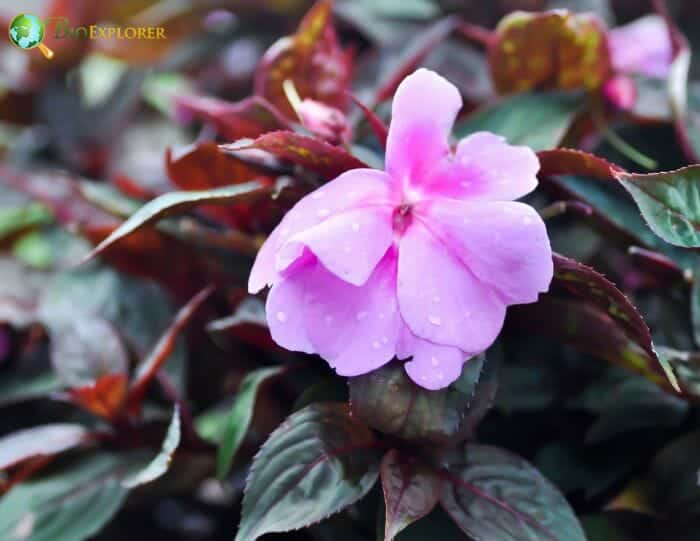
Most species under this order are of good horticultural value. A few species are famous in cultivation. Others have edible fruits. Some members have parts used as traditional medicine. The following are example species under this order:
- Elephant apple[7] – Elephant apple’s fruit and the fleshy sepal surrounding the fruit are edible. The timber is used to construct houses, ships, and furniture. The Elephant apple is also a desirable plant for landscaping gardens, parks, etc.
- Bandalup buttercup[8] – The Bandalup buttercup is considered a critically endangered species.
- Guinea flower or snake vine[9] – Hibbertia scandens are common in cultivation and usually used as groundcover or screening plants in fences and walls.
- Katmon[10] – The Katmon plant has edible fruit, young shoot, and flowers. This plant is also planted as an ornamental in gardens, parks, etc. The Dillenia philippinensis species also possess medicinal uses.
- Stone Leaf[11] – The stone leaf of Dilleniaceae is used in landscaping gardens and parks. This plant is also medicinal.
- Caskfruit[12]
- Schumacheria angustifolia[13] – The plant exhibited antibacterial activity.
- Kekiri-wara[14] – The Schumacheria castaneifolia species exhibited antimicrobial activity.
- Sandpaper tree[15] – The fruits and seeds of the sandpaper tree are edible. The bark and leaves have medicinal value. The wood is used for making cabinets. In Central America, the species is commonly grown as ornamental plants.
- Davilla kunthii[16] – This plant has medicinal uses. The stems are used for the framework of native huts. The leaves are usually used like sandpaper.
![]()
Cite this page
Bio Explorer. (2026, January 2). Order Dilleniales / Guinea Flowers. https://www.bioexplorer.net/order-dilleniales/
